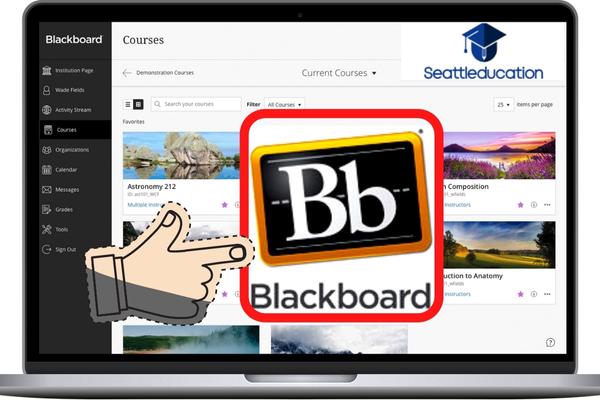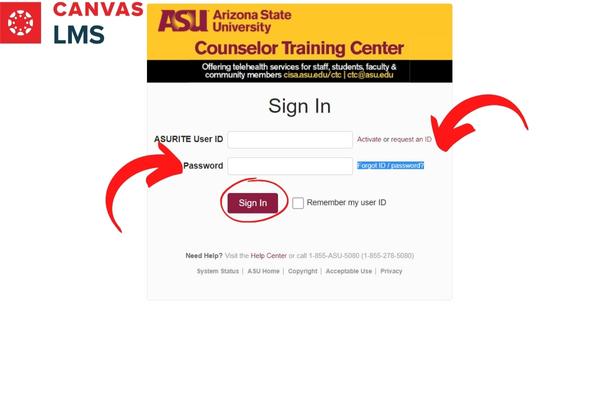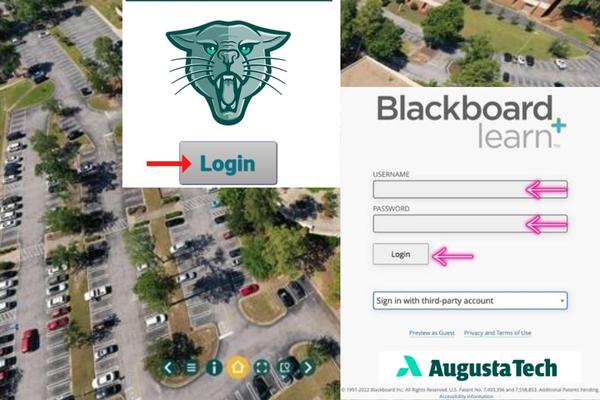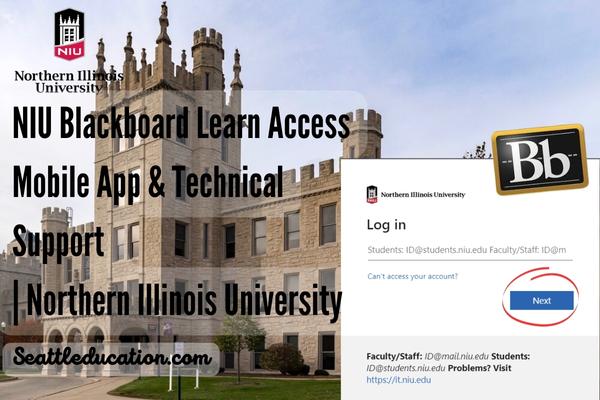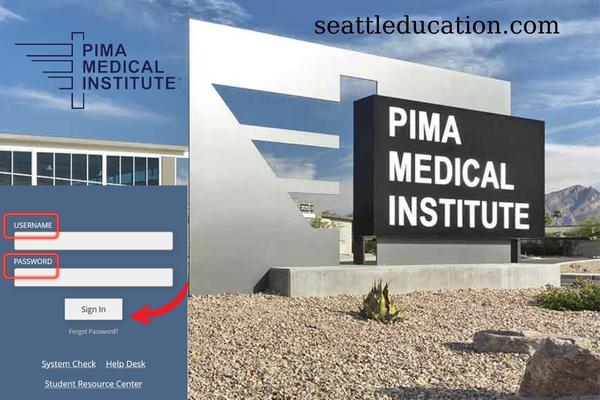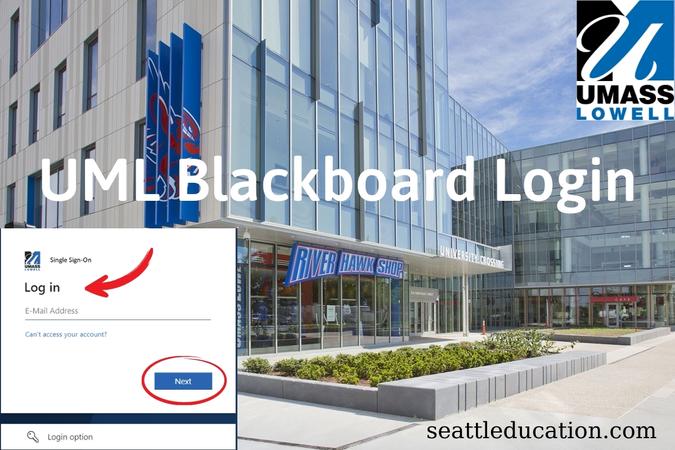Blackboard For Education, Online Learning Platform Solutions
Blackboard for Education is a prominent worldwide educational technology solution for Higher Education, K-12, industry, and government that connects to the power LMS established in partnership with the global education community.
Overview Blackboard for education
Blackboard Inc. is an American educational technology company headquartered in Reston, Virginia. It is best known for its learning management system, Blackboard Learn. It will merge with Anthology in late 2021, and the future name of the combined company has not been announced.
Blackboard tool (formerly Blackboard Learning Management System) has been around since its parent company (Blackboard) was founded in 1997 (Bradford et al., 2007). Its development has been impressive throughout its long history, and the latest releases are a far cry from online repositories of classroom files and documentation.
In addition to the asynchronous classroom activities implemented in the LMS feature set, Blackboard Learn’s communications features are highly developed alongside Blackboard’s primary chat, discussion board, and email features that have come standard on countless LMS platforms since Blackboard student.
Blackboard Features and Tools
Blackboard is home to many virtual and digital learning tools, but they all revolve around the core components of the curriculum.
Instructor-only courses are accessible through the Home section under My Courses in a student’s Blackboard account. Lessons are complemented by a variety of tools that focus on several key areas of the classroom experience: content, interaction and discussion, announcements, and scheduling.
related content to black board learning: CGTC Blackboard Login Portal | Central Georgia Technical College
Curriculum and Content Tech
Instructors can publish content in their courses, including files, text, images, audio, and video. This content can then be organized using learning modules, folders, or lesson plans.
To help students navigate their course content, instructors can publish a syllabus that includes descriptions of course materials, assignments, grading expectations, and more. As part of the course menu or anywhere else on the course.
Other things you might see include surveys, tests, and assignments. Teachers can customize grading and assign grades to submissions. Students can view assignment and class grades by navigating to the My Grades section of the drop-down menu by their name.
Meanwhile, surveys and quizzes are highly customizable and can be multiple choice, timed, or written. While tests are graded, surveys are not. Instead, surveys can be used to vote on students or assess their knowledge and be marked as complete or incomplete.
Notifications and Calendar
Blackboard provides multiple ways for students and teachers to stay on track throughout the classroom. Teachers can post announcements about changes to syllabi, deadlines, exam schedules, and more. Notifications may appear on the Home page of a student’s institution or a specific class’s Blackboard account. Teachers and students can also keep track of important dates with a calendar tool that combines course, personal and organizational schedules.
Interactive discussion reference
Tutors can set up discussion boards in their classrooms, and both students and educators can start new discussion topics and respond to original prompts. Students in a class can also message each other directly by clicking “Messages” in the class menu.
Teachers can organize students into small groups in class to work on group projects, discuss, or share assignments. In addition to sharing files and having group-specific conversations, this feature allows users to create shared journals.
This is a way for students to interact privately with their tutors. Instructors create journal topics on the Journal Topics page, and students answer gradable items.
The platform also has a video conferencing feature called Blackboard Collaboration, which allows for virtual discussions during group meetings or face-to-face meetings.
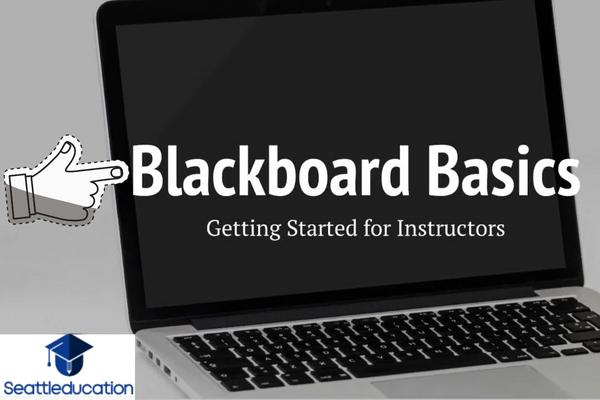
Other Blackboard Functions
Blackboard has several other features that help students and teachers stay connected, whether using Blackboard Ultra, the mobile app, or the Accessibility Toolkit. Here’s what you should know about them.
Extremists
Blackboard Ultra is a cloud-based service, such as Google Workspace (formerly GSuite) or Dropbox, and not software to download or install. It’s an updated version of the original Blackboard that institutions can access if they opt for a SaaS (“software as a service”) deployment.
Blackboard Ultra’s updated user interface and workflow include a responsive design for any device. It also features an “activity stream” that allows students to see updates from all classes together in an organized list, rather than class by class. Ultra’s calendar collects all course due dates and provides a grades page that shows all your performance in one place without navigating to each course.
If you’re not sure whether you’re using the Ultra or the original version of Blackboard, check the left panel of your browser window after you’re logged in. If your name appears in the left menu, you’re on Ultra. If it’s in the upper right corner, you’re using Original.
Mobile Applications
Blackboard’s apps, including Blackboard and download Blackboard Instructor, are iOS 11+ (App Store) and Android 5+ (Google Play Store) compatible mobile tools that work with the Original and Ultra interfaces. Once downloaded, the app will ask you to find your institution and log in with your Blackboard app.
Auxiliary tool
To optimize accessibility on Blackboard, teachers can design content for students with visual, auditory, learning, and mobility disabilities.
Blackboard for student is screen reader compatible, and pages are designed to follow a common structure to allow for quick navigation. Others can enable a high-contrast style on the Blackboard app login page to match their computer configuration. Students using keyboard navigation will find commonly used web formats, while those relying on keyboard commands to browse pages can access them in the Quick Links tool or by pressing Shift+Alt+L.
Teachers can subtitle all the media types they upload so students can read the information instead of listening to it. To reduce visual clutter and increase executive function, users can collapse menus or set Blackboard Learn to send notifications and reminders. Teachers can also design tests with additional time adjustments, different visual displays, or more attempts.
The Blackboard app also offers built-in accessibility features such as VoiceOver navigation, zoom to magnify visuals, color filters, navigation via Bluetooth switch hardware, AssistiveTouch in iOS, and switch access in Android for external devices.
Instructions for logging into Blackboard learning accounts for students
Blackboard is a web-based course management system that teachers use to create and administer their online classrooms. Log in to the myBlackboard portal to get access.
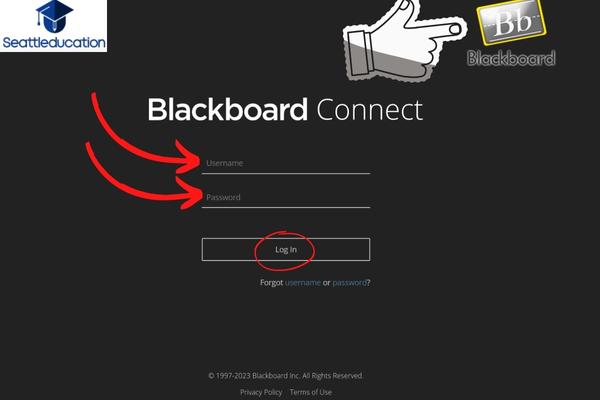
- Go directly to https://www.blackboardconnect.com/ in your browser’s address bar
- On the login screen, enter your Username as the corresponding Password
- Click the Log In button to finish
Recover your Username
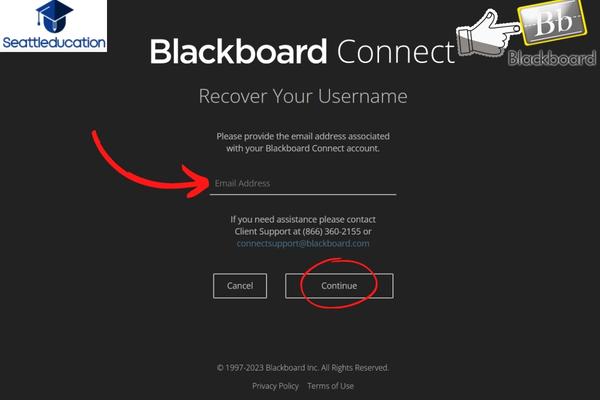
- Select the text “Forgot username” with a link to another page
- Please provide the email address associated with your Blackboard Connect account
- Click “Continue” and follow the system instructions
Reset your Password
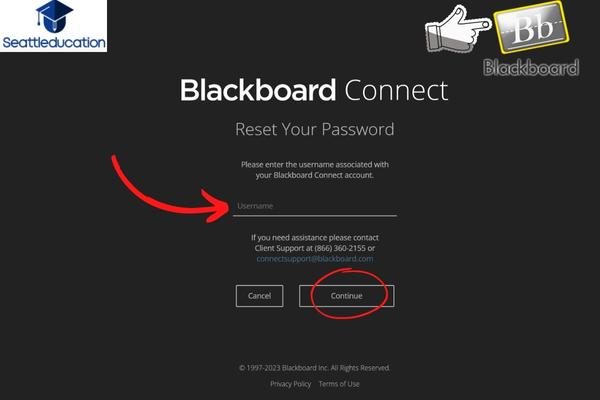
- Select the words “Forgot password?” followed by a link to the next screen
- Please enter the username linked with your Blackboard Connect account
- Click “Continue” and follow the system prompts
Note: If you need assistance please contact: Client Support at (866) 360-2155 or [email protected].
Criticism and educational consequences
Blackboard Learn is a highly developed collection of online tools that empower users with flexibility and convenience (Alokluk, 2018). “Professors at several colleges feel that course management software helps them arrange their courses better and provides new levels of engagement between students and between students and instructors,” writes Carvendale (2003). monk.”
Furthermore, Blackboard has been receptive to client input. Blackboard thinks that recent platform updates and adjustments will keep the platform ahead of the competition via its Blackboard Learn and Blackboard Learn Ultra offerings (McKenzie, 2018).
A case study of learning to utilize the blackboard
- A study of third-year students at the University of Botswana (UB) who were requested to engage in a research examining the performance of Blackboard Learn with various groups of students over a 9-year period (Uziak et al., 2018). The following are some of the study’s primary findings:
- The most recent set of students (81%) rated Blackboard’s efficacy in organizing classroom activities.
- The value of moving content from the syllabus to the LMS was noted by 87.5% of students in the most recent student group (Blackboard Learning).
- 79% of students said the course was well-organized and well-presented using Blackboard Learn. Students (84% indicated) that such an approach be used in other classes.
Challenges
However, Blackboard Learn has a history of unreliability. It has a lengthy history of faults, mistakes, and outages. For example, in April 2020, 189,000 K-12 students in Fairfax County, Virginia, lost access to their LMS for about a week (Hill, 2020). In September 2009, McMaster Campus’s newly upgraded Blackboard LMS often collapsed during a two-week period, causing significant disruption to the university. McMaster has stopped using Blackboard (Schaffhauser, 2010), and they are not alone.
Emporia State University in Kansas transitioned from Blackboard LMS to Canvas in 2015, despite the fact that keeping Blackboard is a less expensive choice. Rob Gibson, Emporia’s head of learning technology, believes Canvas is the greatest option on the market (McKenzie, 2018).
There are also problems concerning Blackboard Learn’s usability. Venter et al. (2015) did a research on the Blackboard Learn Mobile App and discovered low performance and device compatibility among South African IT students at Central University of Technology.
Blackboard Learn’s share of the LMS market declined from 70% in 2006 to 28% in 2018 (tied with Canvas) (McKenzie, 2018). “Vying for LMS systems is like competing for fading star systems,” Tony Bates remarks, bemoaning the demise of LMS platforms. Man, go to another universe” (Bates, 2018).
Cost and accessibility
Blackboard Learn is accessible for all main operating systems (Mac, Windows, Chrome OS), as well as mobile devices through the Blackboard App for Android and iOS. (Windows Mobile is no longer supported).
Despite the fact that Blackboard does not publish price statistics, Michael Feldstein estimated in 2006 that the average firm would spend $160,000 per year for a license (Feldstein, 2006). This figure has not been updated for inflation since the cost of Blackboard Learn is unknown and uncertain.
see more at:
Some consider Blackboard to be antiquated, yet the corporation remains a prominent participant in the LMS industry, with 1,216 installations in the United States alone in 2018. (McKenzie, 2018).
With recent improvements to Blackboard Learn and Blackboard Learn Ultra, the firm now provides a set of tools that are extremely competitive and feature rich in this author’s perspective.
Despite this confidence, Blackboard Learn has lost a significant part of the market. It has suffered considerable losses in the LMS industry in recent years, while its rivals (Canvas and Moodle) have grown significantly (Bates, 2018).
That is all the information we have for you. Please leave a remark to assist us in improving. Also, don’t forget to check out Seattleducation for other login options. Thank you for taking the time to read this!

